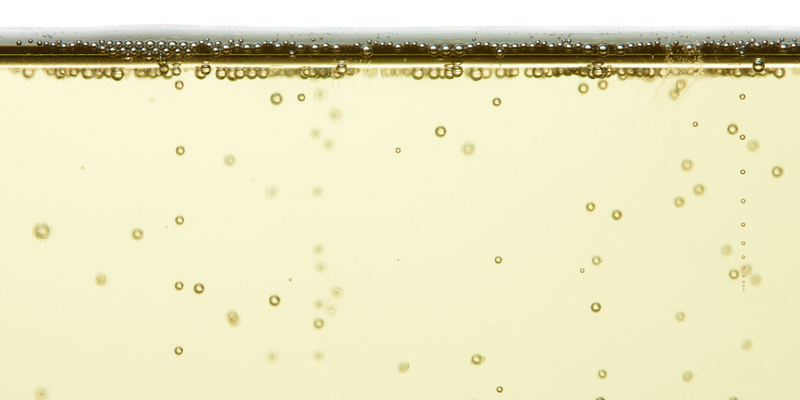We love wine. We drink wine. However, we rarely find ourselves talking about wine. What is it about discussing wine that makes us feel so intimidated? Could it be the hundreds of vocabulary words used to converse about the topic that we are clueless to that make us feel inferior? We’re breaking down 15 of the most commonly used words in the wine biz to help you sound like a pro the next time you’re chatting about vino!
Must- Freshly pressed juice (generally from grapes) containing skins, seeds, and stems.
Brut- Term used to describe sparkling wine, meaning dry. Brut wines contain less than 1.5 percent residual sugar per liter, which is more than Extra Brut but less than Extra Dry.
Crémant- French sparkling wines made in the traditional méthode champenoise outside of the Champagne region. Crémants can be found in the Loire Valley, Burgundy, Alsace, and more.
Tannin- Textural elements (from skins, seeds, and wood) that create a dry feeling in the mouth. Tannins can be bitter and complex and contribute to aging potential in wine. Red wines are generally more tannic than white wines due to their contact with skins and seeds during maceration.
Decant- The act of pouring wine into a separate container for the purpose of either a) separating older wine from sediment or b) aerating the wine to introduce oxygen; presence of oxygen will open up aromas and brings out flavors in the wine.
Fortified Wine- A wine to which grape spirit, generally brandy, has been added. The additional alcohol will raise the concentration of the wine high enough to halt fermentation.
Corked- Wine that has been spoiled due to cork taint. Cork taint occurs when microorganisms come in contact with cork and create TCA (Trichloroanisole), instantly ruining the wine. Common odors of corked wine are wet newspaper, moldy basement, chlorine, or damp rags.
Lees- Dead yeast cells found at bottom of a vat of wine after fermentation. Some wines are aged on their lees (called sur lie) to add a toasty, more complex finish to the wine.
Maceration- Process of extracting tannins and flavor compounds from skins, seeds, and stems in the must.
Noble Rot- Specific type of gray fungus, Botrytis cinerea, that causes ripe grapes to partially shrivel, concentrating their sugar content. Noble rot infection produces some of the highest quality dessert wines in the world, including Sauternes.
Oxidized- Wine that has been overexposed to the presence of oxygen. Side effects of oxidation are loss of color and flavor, generally browning in pigment and developing more bitter characteristics. Generally, this is a fault in wine, though some styles of winemaking (example, Sherry production) encourage this.
Residual Sugar- Leftover sugar remaining in wine after fermentation stops.
Frizzante- Italian for semi-sparkling. Fizzy and frothy mouthfeel.
Sommelier- Meaning wine steward, a sommelier is a knowledgeable professional, generally found working in a restaurant setting, trained in all aspects of wine service. This includes but is not limited to providing wine recommendations and creating food and wine pairings.
Varietal- Grape variety.





